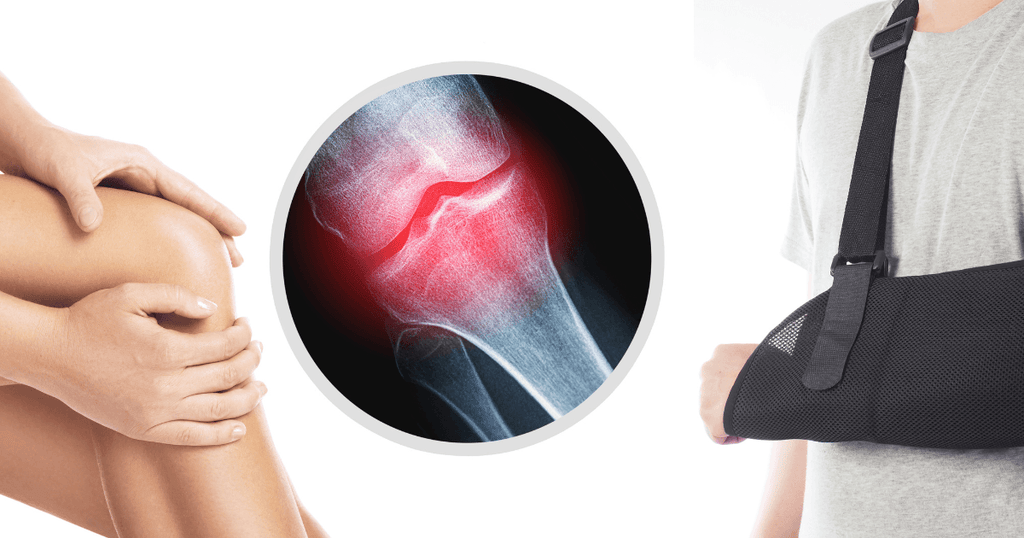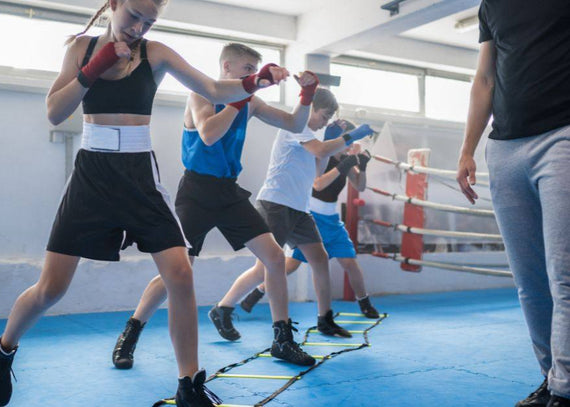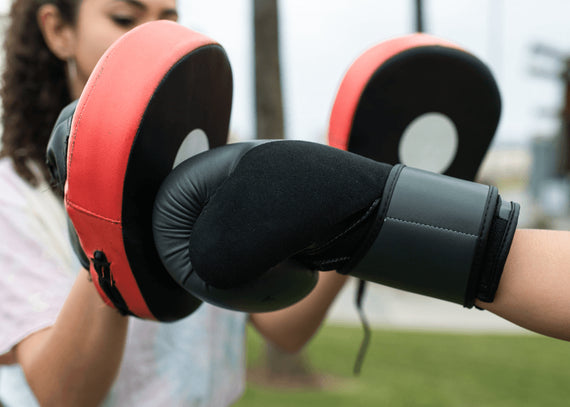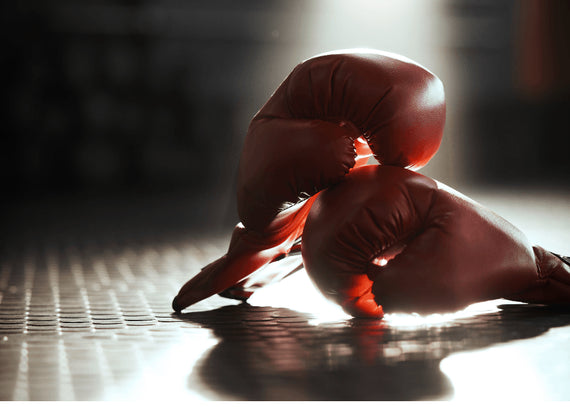Boxing, known as the "sweet science," demands not only skill but also physical prowess and mental acumen. The intense training and rigorous sparring sessions are not without their risks, as injuries often accompany the path to becoming a proficient boxer. This blog delves into the world of common boxing injuries and provides an in-depth guide on how to minimize their occurrence, ensuring a prolonged and fulfilling boxing journey.
1. Hand and Wrist Injuries: Safeguarding Your Main Weapons
The hands and wrists often suffer the greatest consequences of boxing, putting them in danger of various injuries. Regular contact with hard punches can cause sprains, dislocations, and even fractures of the metacarpals-- commonly referred to as a "boxer's fracture." Protecting hands is paramount in preventing these injuries, and so investing in properly sized and cushioned gloves with wrist support is a must. Furthermore, hand wraps underneath the gloves can provide an additional stabilization and minimize the chance of harm.
2. Protecting Your Face: Defense Against Facial Injuries
Cuts, bruises, and fractures to the face are common consequences of boxing bouts. As your face is a prime target for opponents, safeguarding it becomes paramount. High-quality headgear serves as a shield against facial injuries. The cushioning effect of headgear minimizes the impact of punches, reducing the likelihood of severe damage. Whether in training or sparring sessions, wearing headgear is a non-negotiable safety measure.
3. Preventing Sprains and Strains: Flexibility as a Defense
The agility demanded by boxing often leads to swift movements and sudden shifts in posture. This predisposes boxers to sprains and strains, particularly in the lower back, shoulders, and ankles. To ward off these injuries, a comprehensive warm-up routine cannot be overstated. Dynamic stretches elevate your heart rate, enhance blood flow, and increase muscle flexibility. This preparation primes your body to better handle the rigors of training, reducing the likelihood of experiencing sprains and strains regular warm-up and stretch routines help boxers build strength and resilience to better handle the impacts of training and reduce their risk of injury.
4. Shoulder Safety: Proper Techniques and Strengthening Exercises
Shoulder injuries are not uncommon among boxers, primarily due to overuse and improper technique. The intricate nature of the shoulder joint makes it vulnerable to injuries like rotator cuff strains and labral tears. To bolster shoulder integrity, honing proper boxing techniques is vital. Additionally, integrating targeted shoulder-strengthening exercises into your training regimen can fortify the muscles surrounding the joint, minimizing the risk of injuries. Try shoulder-strengthening equipment, designed to help you improve your technique and increase your shoulder strength. By fortifying the muscles around your shoulder, this equipment will reduce the potential for injury and get you back in the ring faster.
5. Rib Injuries: Core Strength as a Shield
The ribcage is susceptible to injury in boxing, especially from the force of punches or twisting movements. Strengthening your core muscles plays a pivotal role in rib protection. Exercises that target the abdominal muscles and obliques provide a natural buffer, absorbing some of the impact and reducing the risk of rib-related injuries. By incorporating core training into your workout routine, you can improve your overall strength and agility, making yourself a better boxer while also gaining a layer of protection.
6. Back Basics: Warding Off Lower Back Strain
The multidirectional movements inherent in boxing can place strain on the lower back. Combatting this requires a two-pronged approach: promoting lumbar stability and maintaining proper posture. Engaging in exercises that target the muscles supporting the lower back, coupled with a conscious effort to sustain good posture during training and sparring, can alleviate lower back strain. These exercises can improve core strength and stability, allowing you to focus on the technical elements of boxing without worrying about your lower back.
7. Ankle Awareness: Footwork and Foot Health
Footwork is the cornerstone of effective boxing, but it exposes boxers to potential ankle injuries. Ankle sprains and Achilles tendon injuries are among the most prevalent. Choosing boxing shoes with proper ankle support is a preemptive measure against these injuries. Furthermore, including ankle-strengthening exercises in your routine can enhance stability and reduce the vulnerability of this critical joint. Strengthening your ankles can help protect against these common boxing injuries and improve your performance. Quality boxing shoes offer specialized support and shock absorbance, making them a key piece of boxing safety equipment.
8. Knee Care: Strengthening for Stability
Knee injuries, including ligament tears and meniscus damage, can occur due to the pivoting and directional shifts inherent in boxing. Protecting your knees involves strengthening the muscles that surround them. Focusing on quadriceps, hamstrings, and calf muscle exercises not only fortifies the knee joint but also improves overall lower body stability regular exercise to target these muscles helps you train to be a better boxer in a safe and effective way. Strengthen your muscles, improve your mobility, and protect yourself from injury.
9. Neck Safety: Sturdy Neck Muscles for Defense
The rapid and forceful movements associated with boxing can strain the neck muscles. Strengthening these muscles through controlled exercises can offer protection. Moreover, a strong core and proper technique play crucial roles in reducing neck strain during training and fights. Using the right headgear and protective gear during combat adds another layer of protection to reduce injury risk. It also increases comfort and confidence while boxing.
10. Concussion Considerations: Prioritizing Brain Health
Concussions are a significant concern in contact sports like boxing. While headgear provides a layer of protection, responsible sparring techniques are equally essential. If a concussion does occur, allowing ample time for recovery and receiving medical clearance before resuming any boxing activities is non-negotiable. This product helps athletes engage in safer practices by providing additional protective gear. With the right sports equipment and safety protocols, you can make boxing and other contact sports a healthier activity.
Conclusion
Boxing is a sport that demands dedication and discipline. As you pursue excellence in the ring, it's imperative to prioritize your well-being. By adhering to proper techniques, utilizing protective gear, and integrating targeted exercises, you can significantly minimize the risk of common boxing injuries. Your boxing journey should be one of growth and accomplishment, and injury prevention is a key component of that journey. Remember, it's not just about becoming a better boxer—it's about becoming a safer one. Integrate the right kind of supplementation to fully support your boxing goals. The right combination of vitamins, minerals, proteins, amino acids, and other nutrients can help your body perform at its best, allowing you to train and compete with confidence





